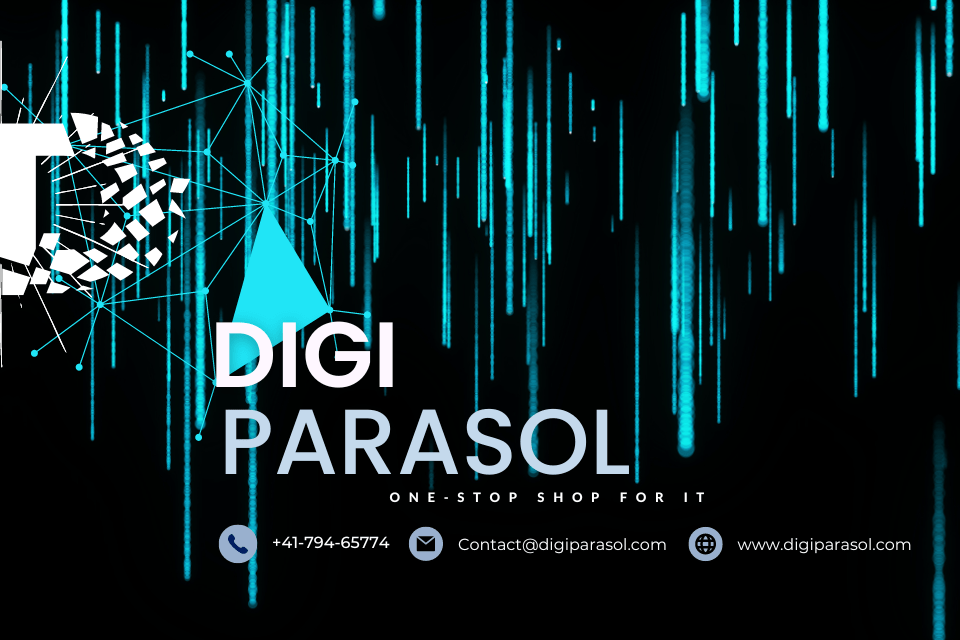Understanding Cloud Computing: A Comprehensive Guide
In today’s digital age, cloud computing has become increasingly popular among businesses and individuals alike. But what exactly is cloud computing, and why should you care about it? In this comprehensive guide, we’ll explore the benefits of understanding cloud computing, provide tips on getting started, and discuss the essential equipment you’ll need to make the most of this technology.
What is Cloud Computing?
At its core, cloud computing is the delivery of computing services – including storage, processing power, and software – over the internet. Instead of relying on physical hardware like hard drives and servers, cloud computing allows users to access these resources remotely, on-demand, and from anywhere in the world. This means you can store files, run applications, and complete tasks without the limitations of traditional hardware.
Benefits of Understanding Cloud Computing
There are numerous benefits to understanding cloud computing, both for individuals and businesses. Some of the key advantages include:
1. Cost Savings: Cloud computing eliminates the need for expensive hardware and IT infrastructure, allowing you to pay for only the resources you use. This can result in significant cost savings over time.
2. Scalability: Cloud computing offers scalable resources, meaning you can easily adjust your storage and processing needs as your requirements change. This flexibility is essential for businesses experiencing growth or fluctuating demand.
3. Accessibility: With cloud computing, you can access your data and applications from any device with an internet connection. This makes it easier to collaborate with colleagues, work remotely, and stay productive on the go.
4. Security: Many cloud providers offer robust security measures to protect your data from breaches and cyberattacks. By understanding best practices for cloud security, you can keep your information safe and secure.
Tips on Getting Started with Cloud Computing
If you’re new to cloud computing, getting started can seem daunting. Here are a few tips to help you navigate the process:
1. Identify Your Needs: Before choosing a cloud provider, consider your specific requirements for storage, processing power, and software. This will help you select the right solution for your needs.
2. Research Providers: There are many cloud computing providers to choose from, each offering different features and pricing plans. Take the time to research and compare providers to find the best fit for your budget and requirements.
3. Train Your Team: If you’re implementing cloud computing in a business setting, it’s essential to train your team on how to use the technology effectively. Providing ongoing support and training can help maximize the benefits of cloud computing for your organization.
Essential Equipment for Cloud Computing
To take full advantage of cloud computing, there are a few essential pieces of equipment you’ll need:
1. Reliable Internet Connection: Since cloud computing relies on internet connectivity, a stable and fast internet connection is essential. Consider investing in a high-speed internet plan to ensure smooth and efficient cloud operations.
2. Devices: Whether you prefer to work on a laptop, desktop, or mobile device, you’ll need at least one device that can access the cloud. Make sure your devices are compatible with the applications and services you plan to use.
3. Backup Solutions: While cloud computing offers robust storage options, it’s still important to have a backup plan in case of data loss or system failure. Consider investing in a cloud backup service or external hard drive for added security.
In conclusion, understanding cloud computing is essential for staying competitive in today’s digital landscape. By harnessing the benefits of cloud computing, you can streamline your operations, increase efficiency, and drive innovation in your business or personal projects. With the right equipment and a solid understanding of best practices, you’ll be well-equipped to make the most of this powerful technology.


